Media
The Holobiont Revolution: How wheat is becoming more climate-resilient through nature-based plant breeding and machine learning
Focus on the interaction between the microbiome and plants
Focus on the interaction between the microbiome and plants
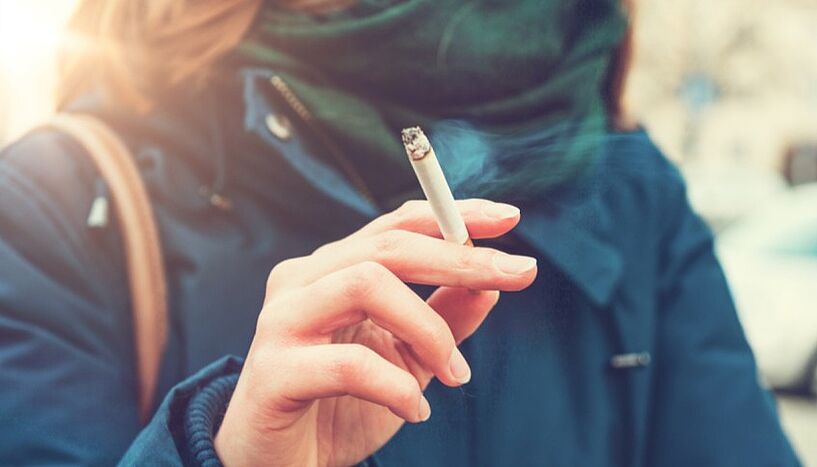
Data from Austria, Belgium, Denmark, France, Germany, Greece, Ireland, Italy, Luxembourg, Portugal, Spain, Sweden, Switzerland, and The Netherlands
30.06.2025 | [weiter]
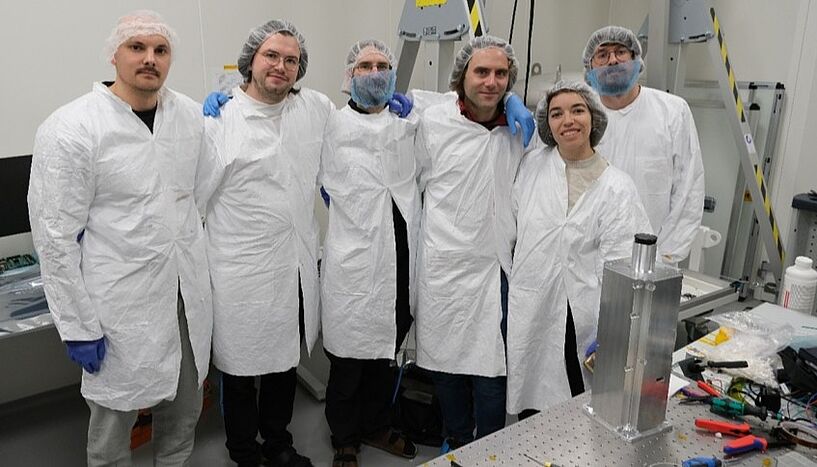
Communication with the satellite will be established in the next two weeks
26.06.2025 | [weiter]
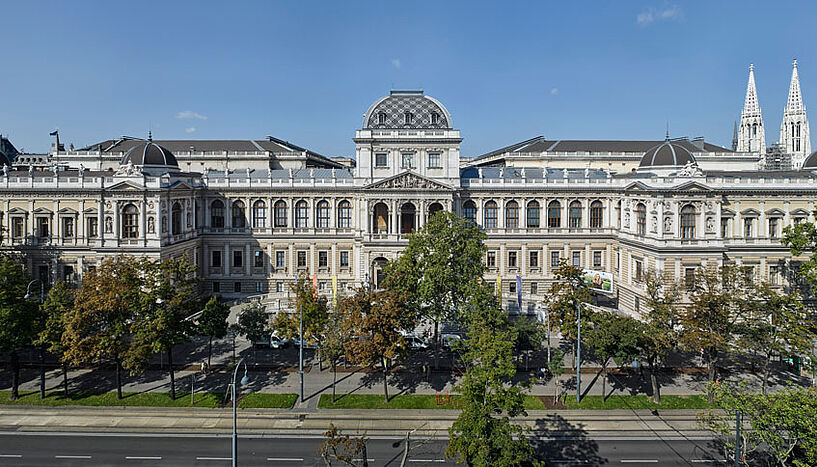
Eight young researchers from the University of Vienna impressed the FWF Board of Directors with their excellent research projects
24.06.2025 | [weiter]

Even short-term high fructose consumption increases the concentration of receptors to which bacterial toxins can bind
24.06.2025 | [weiter]
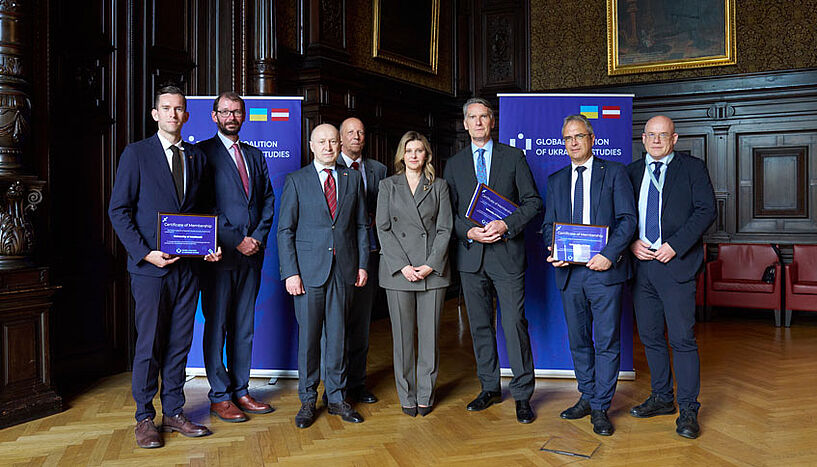
Research about language, literature, history and culture of Ukraine
18.06.2025 | [weiter]
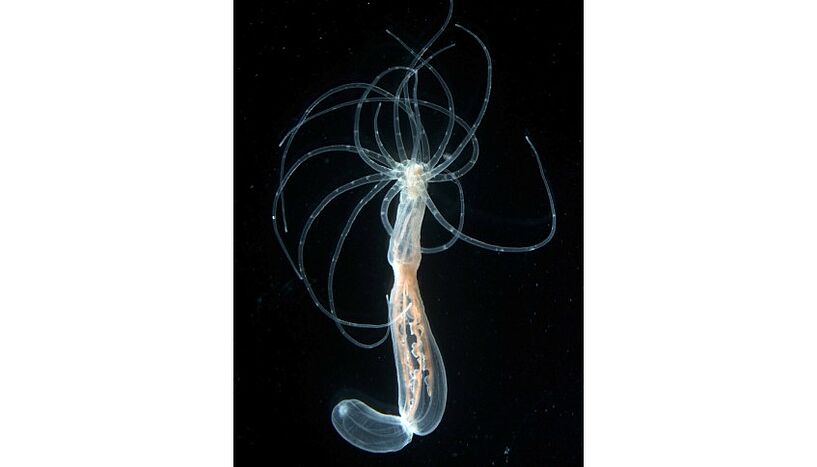
New insights into the evolution of the back-belly-axis
13.06.2025 | [weiter]
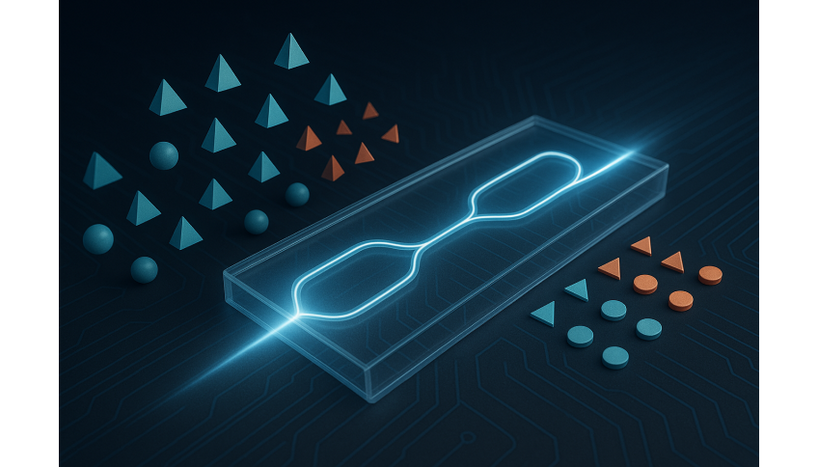
New findings published in Nature Photonics
06.06.2025 | [weiter]
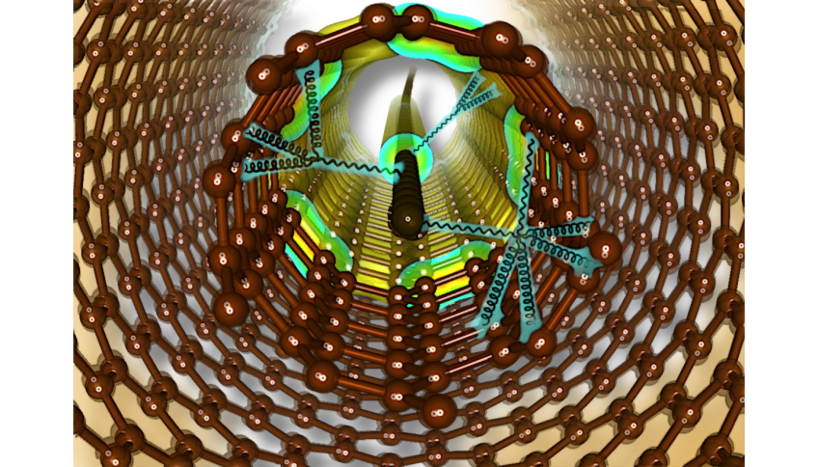
New insights show universal applicability of carbyne as a sensor
26.05.2025 | [weiter]